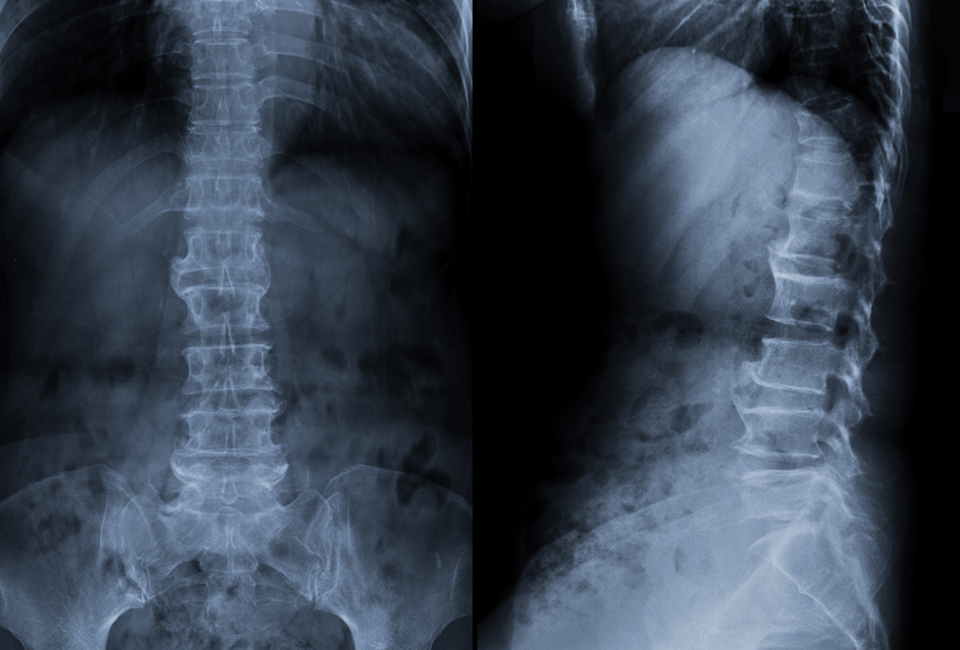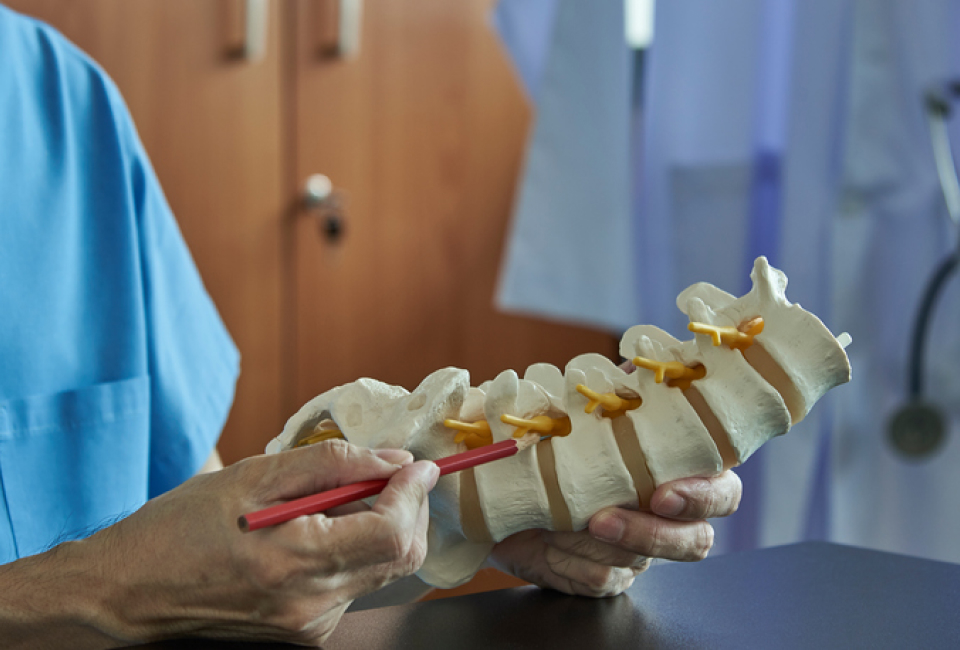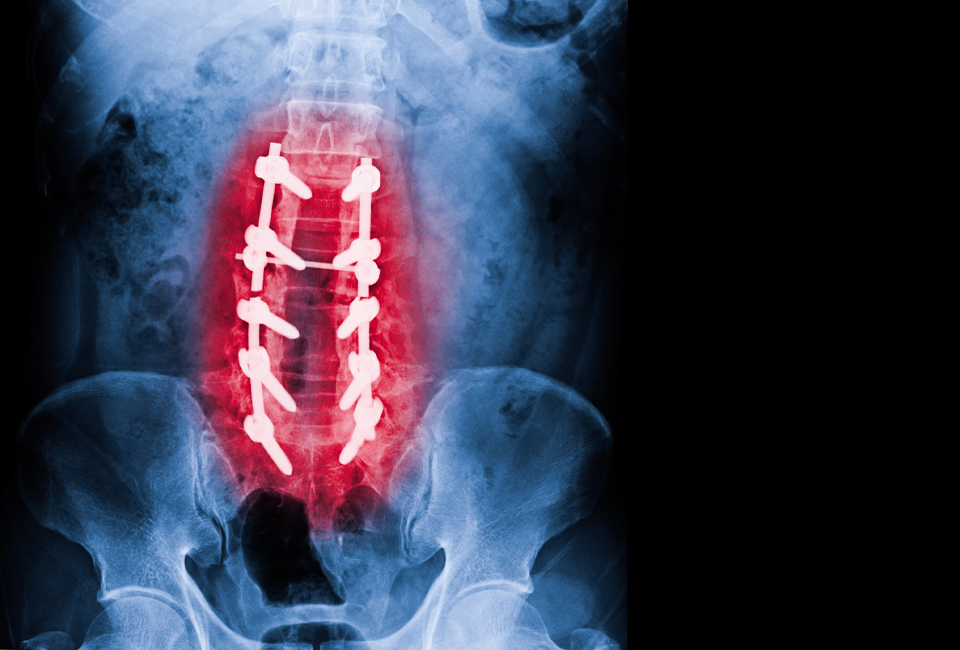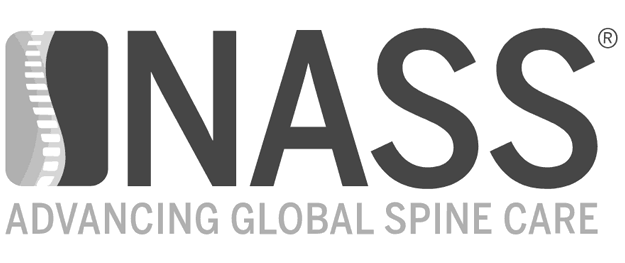CONDITIONS EXPLAINEDSpondylolisthesis
CONDITIONS EXPLAINEDSpondylolisthesis
Characterized by the slippage of one vertebra over another, spondylolisthesis is a condition in which the vertebra or supporting structures are compromised, and overcome by the stresses on the vertebral column. It is divided broadly into three categories based on etiology:
- Congenital Spondylolisthesis is present at birth
- Isthmic Spondylolisthesis occurs due to inadequacy of supporting structures, due to some defect such as fracture
- Degenerative Spondylolisthesis involves the degeneration of supportive structures, such as the degeneration of the intervertebral discs commonly experienced with advancing age
The intervertebral discs act as shock absorbers between vertebrae, and absorb much of the vertical forces affecting the spine. Supporting structures absorb horizontal stresses, but can fail if the stress is too great. Any uncompensated excess of stress can lead to slippage over time. Individuals most commonly affected are those with a family history of the condition, as well as those who repeatedly experience exceptional stresses on the spine, such as gymnasts and weight lifters.
Symptoms of this condition may include:
- Pain in the lower back, buttocks, and thighs
- Difficulty with bowel and bladder control
- Waddling gait
- Tight hamstrings

Experiencing Symptoms of Spondylolisthesis?
Detection & Diagnosis
X-ray is the gold standard for diagnosis of spondylolisthesis, as the vertebral slippage is clearly visible on imaging. Slippage is graded on the degree to which the vertebra has shifted.
- Grade I: Less than 25% slip
- Grade II: 25-49% slip
- Grade III: 50-74% slip
- Grade IV: 75-99% slip
- Grade V: The most severe form, in which a vertebra has completely fallen off the level below it. This is termed spondyloptosis.













